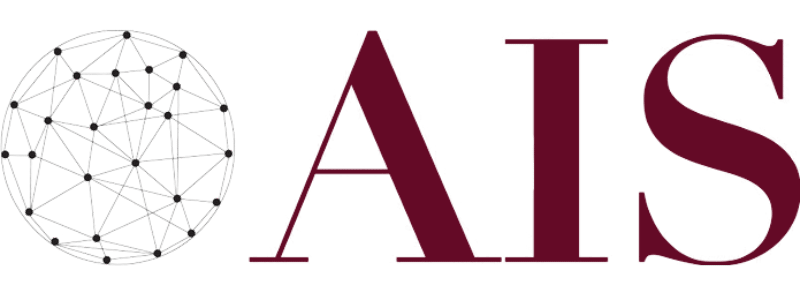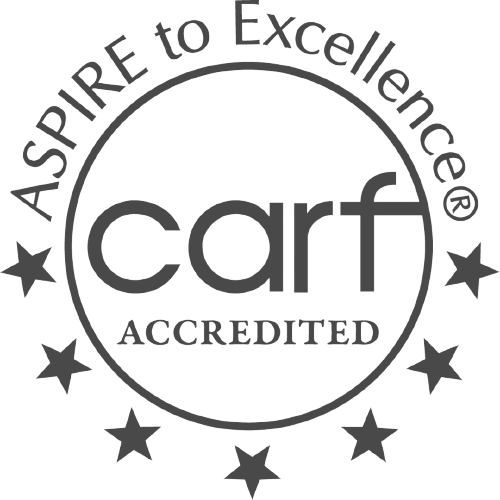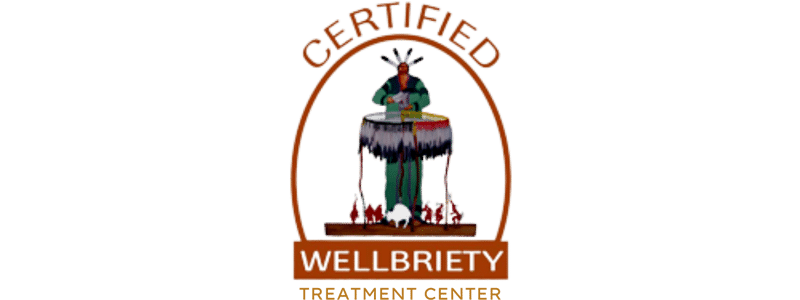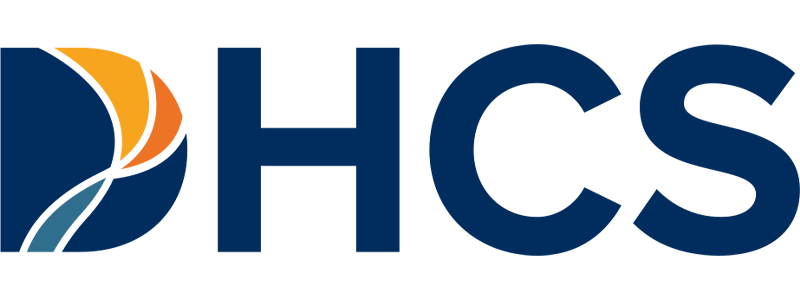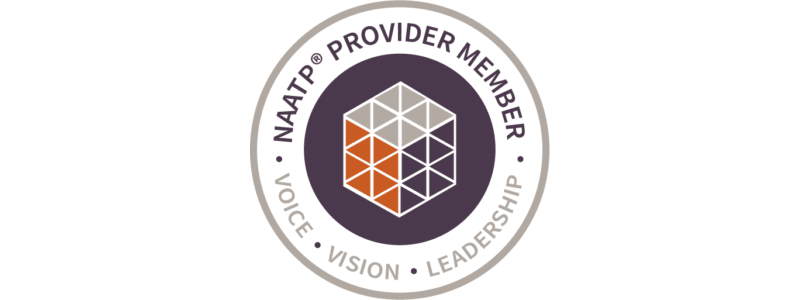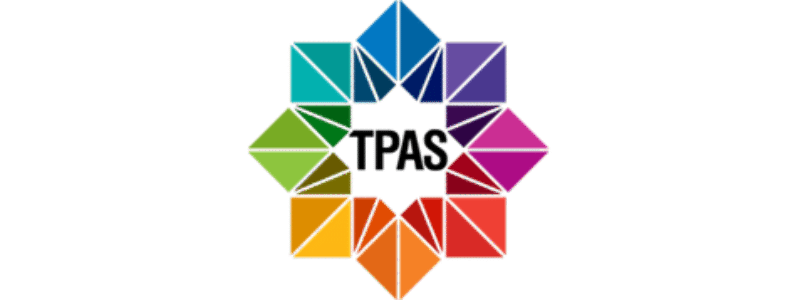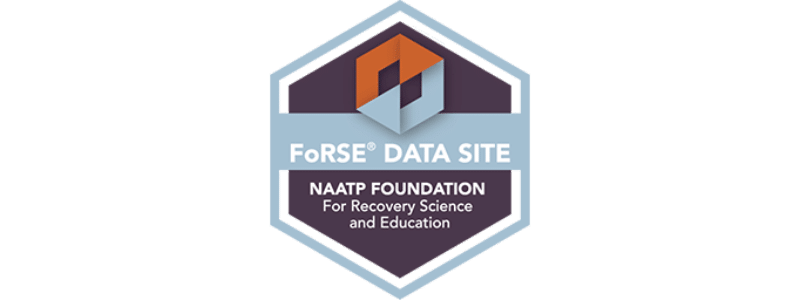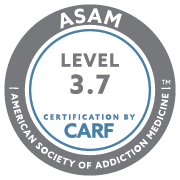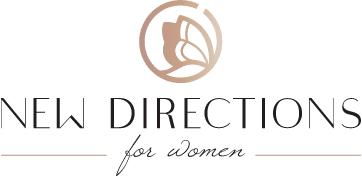Through the progression of the opioid epidemic, gender-specific treatment is becoming more valuable to researchers. The differences between men and women prove imperative regarding the success of an opioid treatment program.
Men and women process addiction and substances differently. Since some concerns pertain only to women, our women’s only treatment center supports women’s physical and emotional needs.
What are Opioids?
Opioids are a class of drugs used to reduce pain. To treat pain, doctors prescribe opioids such as hydrocodone (Vicodin), morphine, methadone, and oxycodone (OxyContin).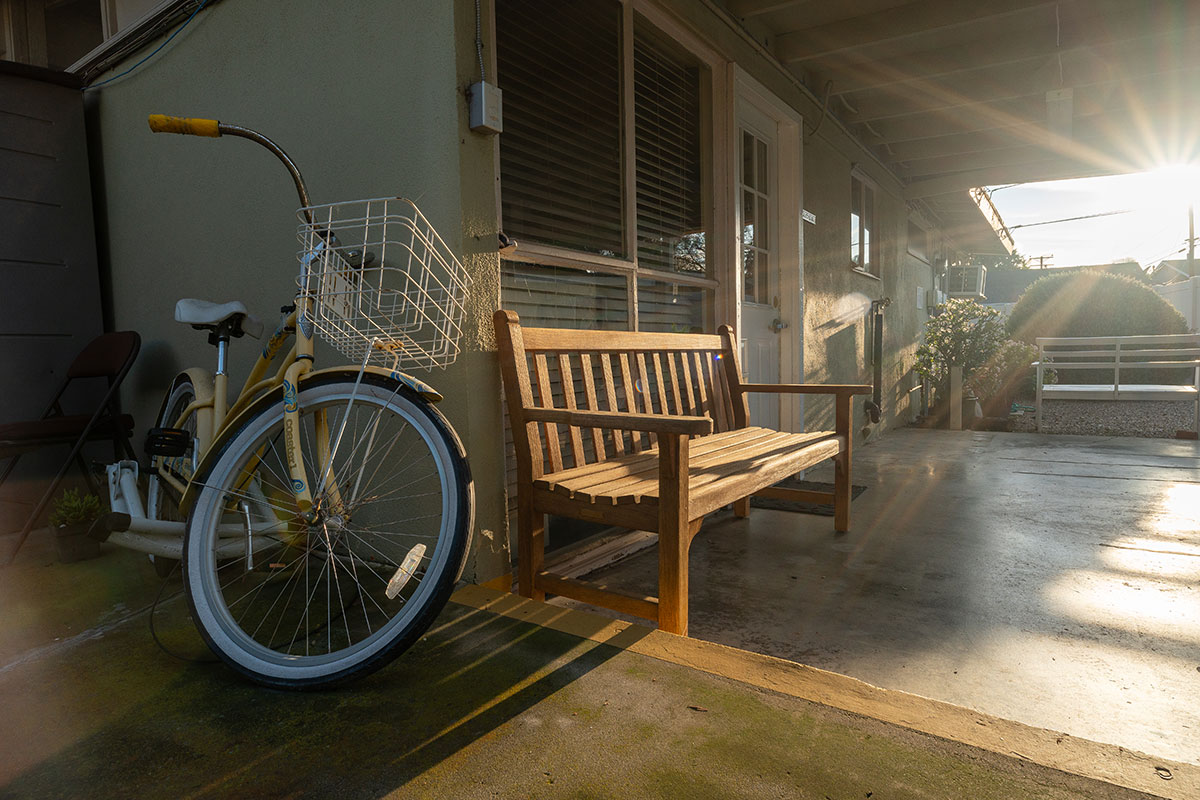
Furthermore, fentanyl is a synthetic pain reliever also classified as an opioid. It’s incredibly potent and approved for treating severe pain. In the United States, illegally produced fentanyl is distributed in several states, contributing to the opioid epidemic.
Heroin is an illegal opioid responsible for addiction and death across the United States. Research shows heroin use increasing within most age groups and income levels. Opioid addiction treatment is often necessary once addiction takes place.
Women and Opioid Addiction
Women are more likely than men to use prescription pain relievers. Also, doctors prescribe more pain relievers to women since, on average, they are more likely to experience chronic pain. According to the American Society of Addiction Medicine, women tend to use prescription opioids longer than men and are often prescribed higher doses.
With extended use of prescribed pain relievers, both men and women are more likely to develop compulsive usage patterns that lead to addiction. Even though the initial use is per their prescription, misuse or sometimes even regular use can lead to an addiction. Addiction takes place sometimes because of the rewarding effect the drug offers through complex neurochemicals.
Men are more likely to use illegal opioid heroin than women. It is not uncommon for women to begin using illicit opioid heroin once an addiction starts with prescription pain relievers.
Signs and Symptoms of Opioid Use
Opioids are incredibly addictive. The epidemic’s severity in the United States triggered a national crisis in retaliation to an average of 90 Americans dying every day from an overdose. The signs and symptoms of opioid use in men and women are essentially the same. Statistics regarding opioid addiction differ between the sexes, as explained in a later section.

Possible signs of addiction typically deal with behavioral changes, including:
- Quick mood changes
- Changing friends or social circles
- Losing interest in activities
- A radical change in sleep patterns
- Financial irresponsibility
- Sleepiness and depression
- Inconsistently energetic
- Speaking quickly and not making sense
- Irresponsible with appointments
- Breaking the law or getting in trouble with the police
Statistics For Opioid Use Among Women
- 4.8 million women misused opioids in 2018, including fentanyl, hydrocodone, and oxycodone
- About a quarter of people prescribed opioids for chronic pain misuse them.
- Buprenorphine is ranked the highest of prescription opioids to be misused by women aged 13 and older (29%), followed by methadone (19.4%), oxycodone (10.5%), fentanyl (9.9%), hydrocodone (9.4%), codeine (8.5%), tramadol (7.1%), and morphine (6.4%).
- In 2016, there was a surge of use in heroin among women. More than 350,000 women misused heroin, but by 2018 that number fell to under 300,000.
- In 2018, 3.5% of American women ages 18 or older abused opioids within the past year. That makes up for 4.5 million women. Over 300,000 women used illicit heroin.
What Makes a Women’s Opioid Addiction Program Different?
With a complete focus on women, a gender-specific program can cater to the way women generally deal with addictive substances and how they experience addiction. An opioid treatment program designed for women often leads to better outcomes for them.
Here are some of the benefits of a women’s-only program:
Specific and Functional Approaches
Since women think, work, and act differently from men, it only makes sense that women also deal with and heal from trauma and addiction differently. Thus, a specialized approach is beneficial and sometimes necessary. Within the broad spectrum of treatment and recovery, counseling and therapy are essential. Therefore, a therapist experienced with women has tremendous success in unraveling mental health issues.
No Pressure
In a female-only opioid treatment program, some of the variables that may cause distractions in traditional treatment centers are not present, allowing clients to direct more attention to the program. Women tend to create a great support system for each other, and clients who have participated in female-only treatment report feeling supported and encouraged by their peers.
No Judgement
Every woman comes to treatment with a common goal: to overcome opioid addiction. They want to see you succeed and are focused on helping fellow women reach their common goal.
The National Institute on Drug Abuse reported more men than women in treatment for substance abuse disorders. The progression through opioid use in women is typically shorter than in men. However, women usually enter with more acute psychological or behavioral issues.
What Opioid Treatment Programs Are Available for Women?
Choosing the right program can be difficult. Women face barriers within drug addiction treatment, such as an increased stigma or child care responsibilities. Depending on the client’s situation, one program may prove more effective than the other.
Detox
Once committing to sobriety, medical detoxification is an essential step in the opioid addiction treatment process. There are several symptoms that people experience when stopping or cutting back from opioids after heavy long-term use. Depending on the severity of physical dependence on the drug, people experience these symptoms differently. Some of these symptoms include:
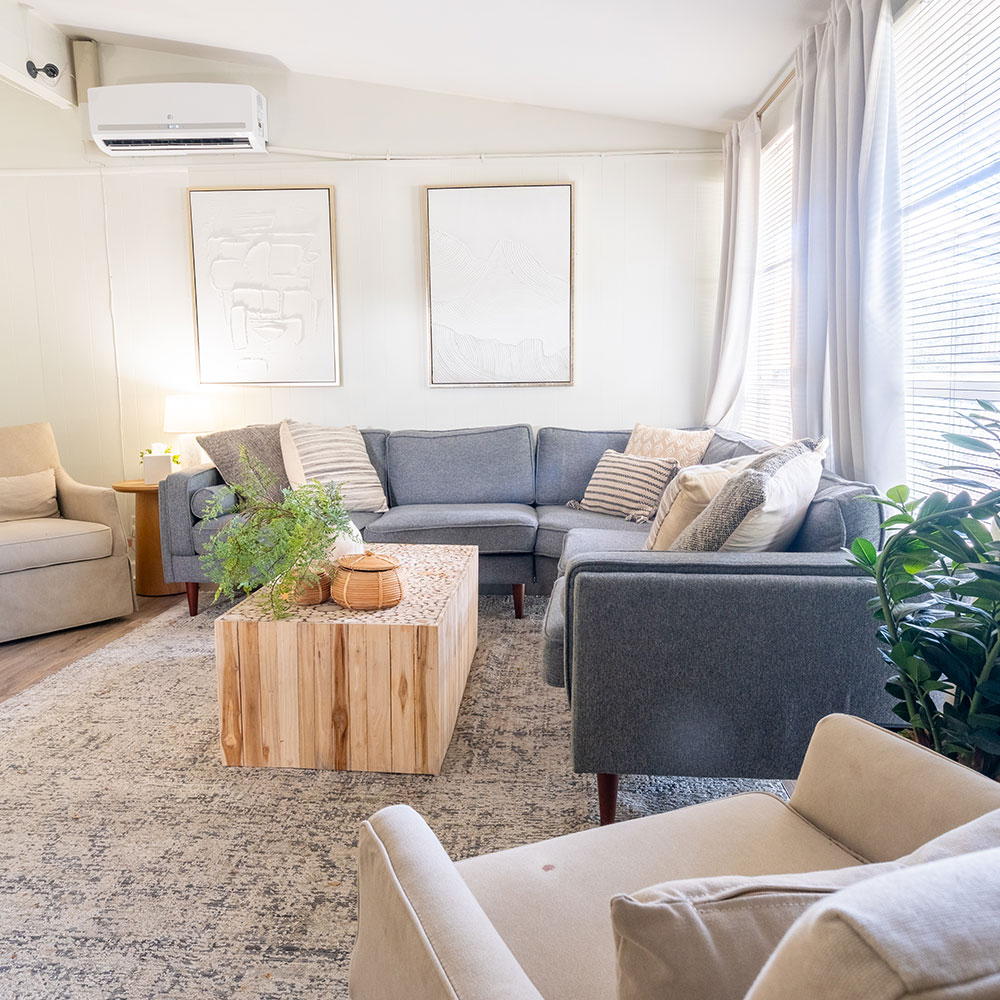
- Anxiety
- Insomnia
- Muscle aches
- Diarrhea
- Dilated pupils
- Nausea
- Vomiting
Due to the danger and severity of these withdrawal symptoms, New Directions offers a medical detox program. The program allows the client to safely detox under a medical doctor’s supervision in a controlled environment. If not done under the proper circumstances, withdrawal symptoms can be fatal.
Residential Treatment
Women typically enter this program at the early stages of their recovery. This type of treatment is beneficial for those with an opioid addiction since clients live at the treatment facility and are under 24/7 supervision. Clients cannot go home or to work until the completion of treatment.
Residential treatment is different from standard inpatient treatment since it’s structured to be a housing community, offering more comfortability. This program focuses on each woman and her physical, emotional, and spiritual health.
Some of the benefits offered by the intensive sober living program are:
- Women-focused treatment, for women by women
- A comfortable and supportive environment
- Family involvement
- Individual and group therapy
- Smooth transition into a sober lifestyle
- Provision of skills based on maintaining sobriety and independence from addiction
New Directions for Women strives to encourage women to find satisfaction in their positive habits and unique qualities. Inpatient opioid addiction treatment helps clients achieve lifelong recovery.
Partial Day Treatment
This program works best with clients who have some residential treatment experience. Although this experience is not required to join the program, it works as a continuum of care initially practiced in residential treatment. Therefore, the level of care is more intense than outpatient but less intense than residential care.
Our clients need to have a drug and alcohol-free home to return to once treatment is over for the day. When contemplating treatment types, consider the level of addiction present before commitment.
Intensive Outpatient Program
Women may enter this program at any stage of recovery. It’s designed to accommodate people who may work or attend classes at night. Our outpatient program teaches recovery skills and counseling for women, regardless of whether they’ve previously stayed in a residential rehabilitation center.
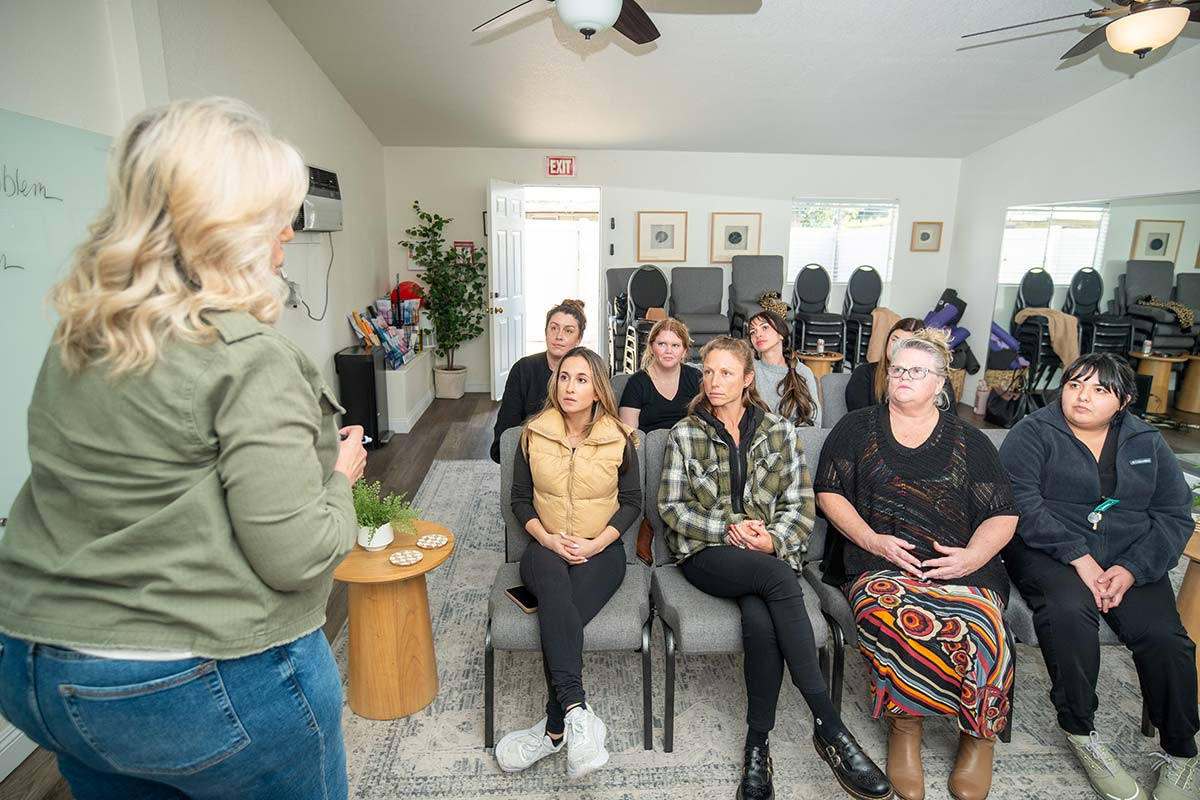 One key benefit of this program is its flexibility. The Partial Day Program is four days a week for five-and-a-half hours a day, and the Intensive Outpatient Program is five days a week for three hours a day. These programs use The Matrix Model, which consists of relapse prevention, education for family members affected by addiction, social support, and more.
One key benefit of this program is its flexibility. The Partial Day Program is four days a week for five-and-a-half hours a day, and the Intensive Outpatient Program is five days a week for three hours a day. These programs use The Matrix Model, which consists of relapse prevention, education for family members affected by addiction, social support, and more.
Women in our IOP program use several holistic treatment methods. Holistic methods give clients an outlet and offer personal growth. This growth is rooted in increased mindfulness and regular self-care. Grounding activities such as meditation, yoga, and nutrition give clients a base that makes them proud of who they are and who they want to become.
Aftercare
To help maintain sobriety, New Directions offers continued care after the completion of residential treatment. The aftercare program utilizes industry professionals to help clients continue developing their sober life skills.
Recovery is a lifelong journey that requires continued care and support from family and the community. We offer several alternative aftercare programs to ensure clients feel supported and confident.
Get Care Today at New Directions for Women
Opioid drugs are harmful to both men and women. Women are at risk, particularly for an increased inclination to develop a dependence on opioids. Not only are women more likely to develop a dependence, but it also happens over a shorter period.
New Directions For Women is devoted to helping women with proven specialized treatment. Our opioid treatment center offers an abundance of programs catered to women made by women. If you or a loved one is suffering from an addiction, please contact us today.


